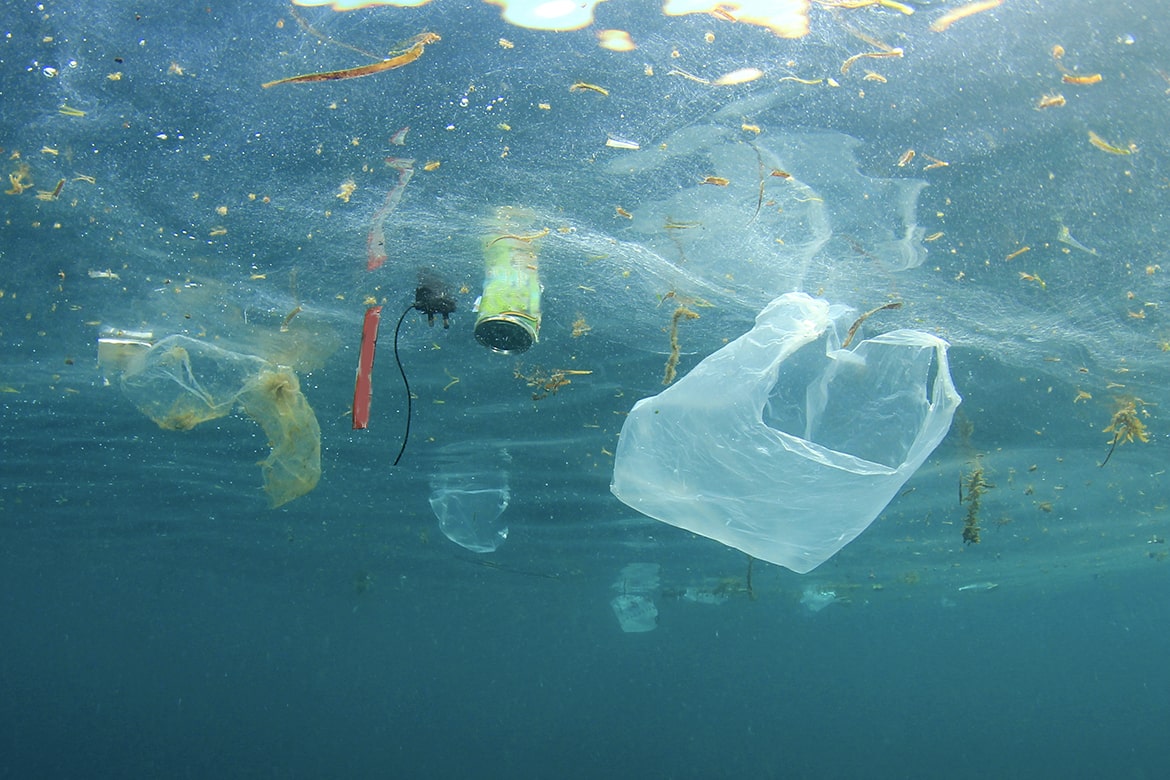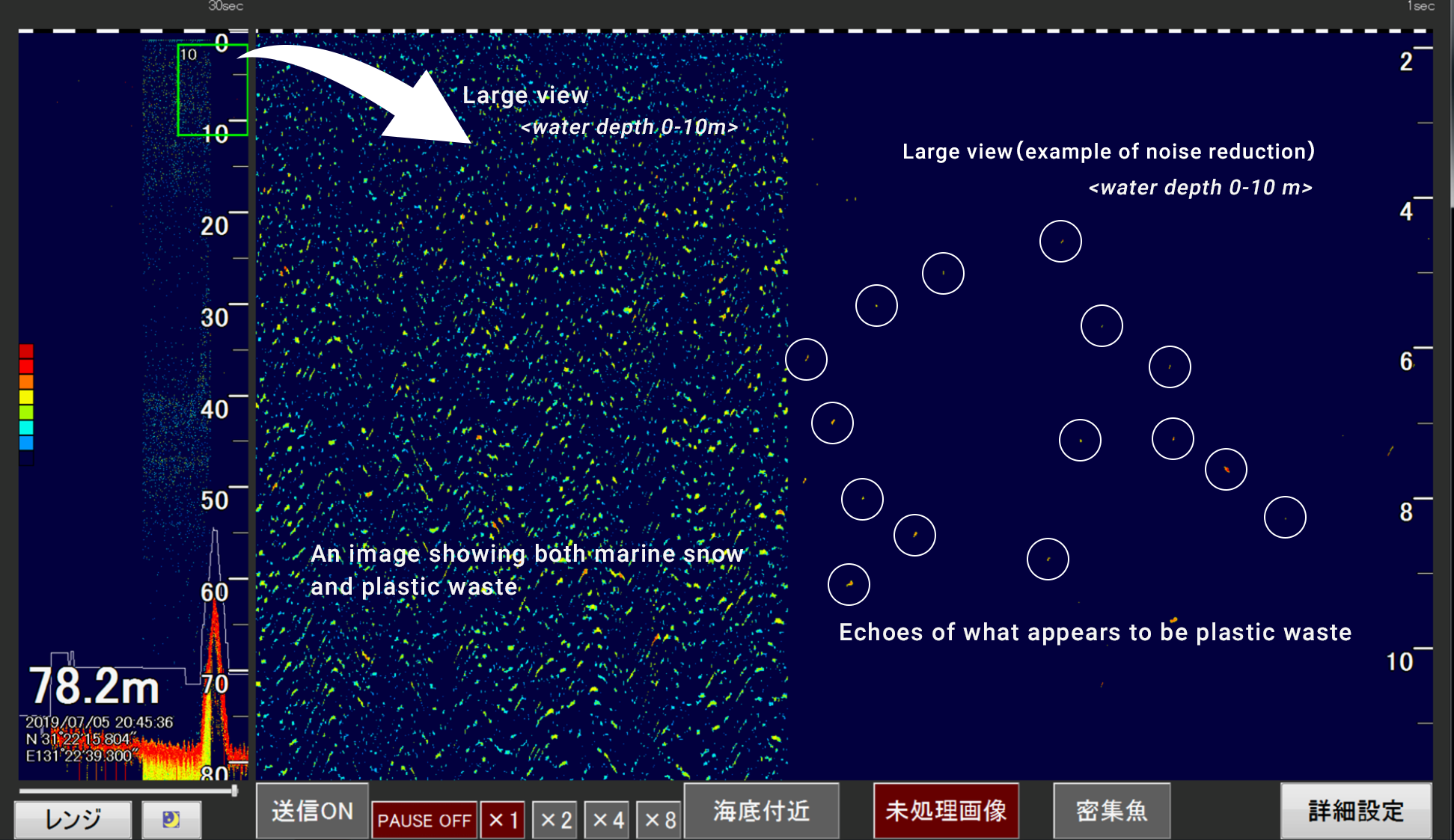
– Shows the size of fish and density of fish.
– Five levels of noise reduction adjustment to suit the environment
– Easy installation & compact design for space-saving installation
– Installs without the need for a dock if the transducer is compatible
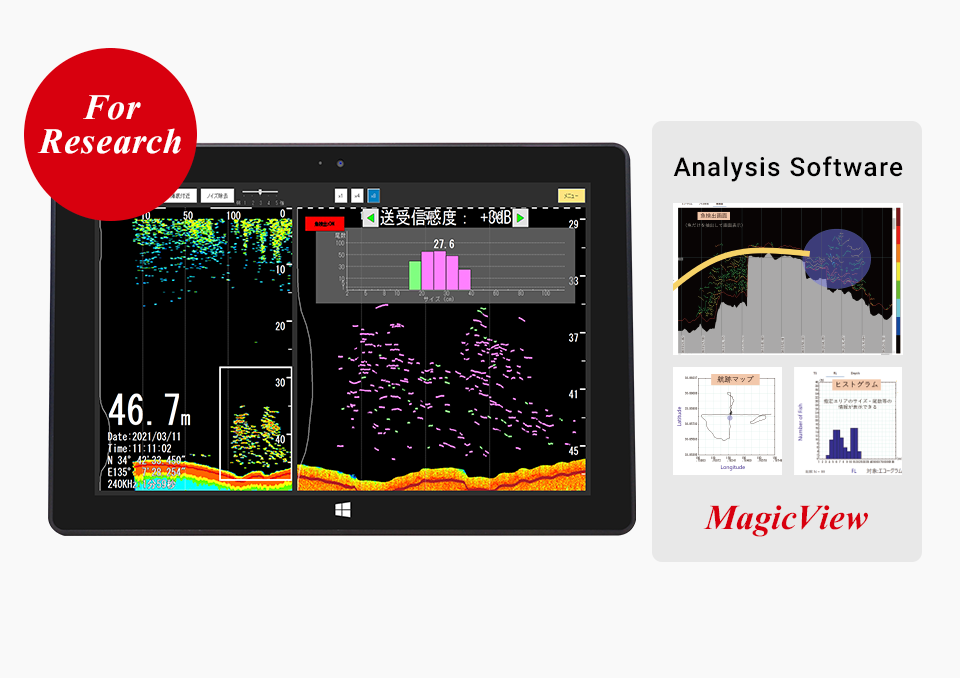
– High-tech fishfinder that can also be used as dimensioning and weighing detector
– Indicates the fish size and density of fish schools
– Offers portable processing for use on various vessels (optional)
– Imports data for resource assessment through MagicView, an analysis software
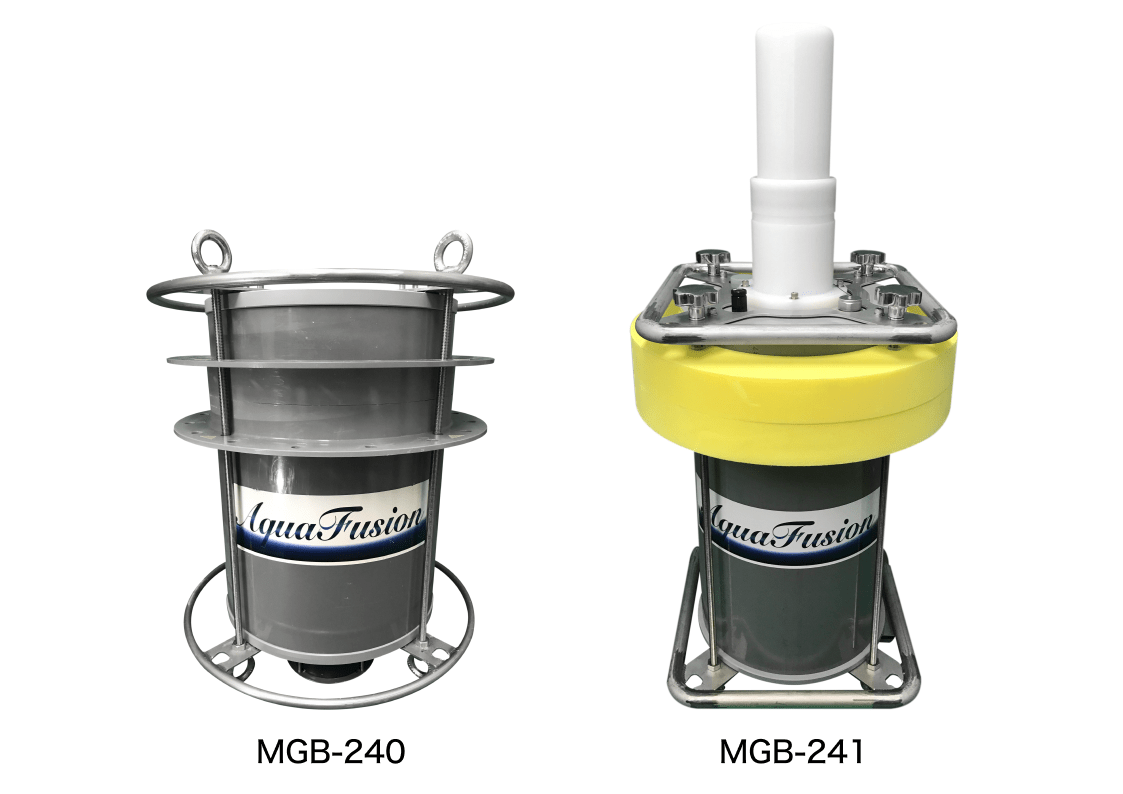
– Enables fixed-point observation through a buoy equipped with a high-resolution dimensioning and weighing detector
Enables research on the effectiveness of fish reefs in attracting fish.
– Allows measurement for up to about one month with our original, low-power consumption technology
– Indicates the fish size and density (number of tails) of fish schools

– Brings out the best of the AquaMagic series
– Offers various analyses such as track map, resource graph, and fish length graph and more
– Identifies fish species with the labeling function (under development)
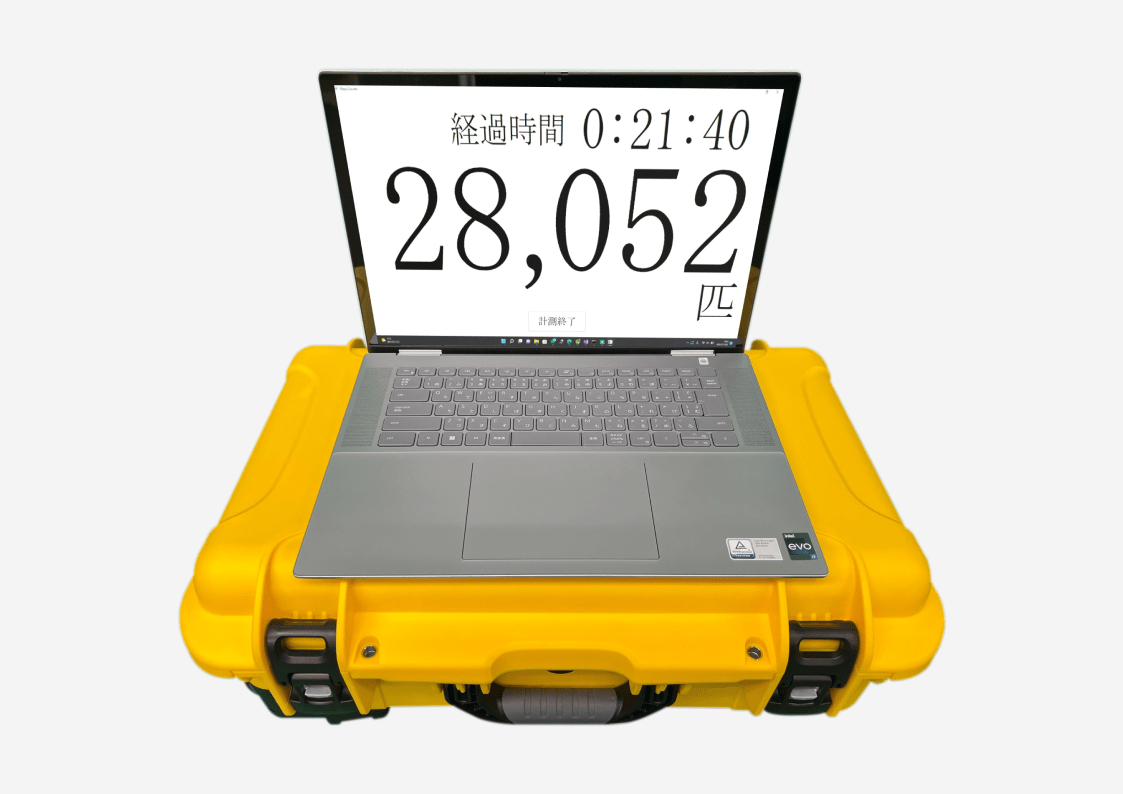
– Automatic counting how many fish are in your aquaculture cage!
– Easy operation for measurement
– Voice notification of the number of fish
– Free support for 1 year after installation
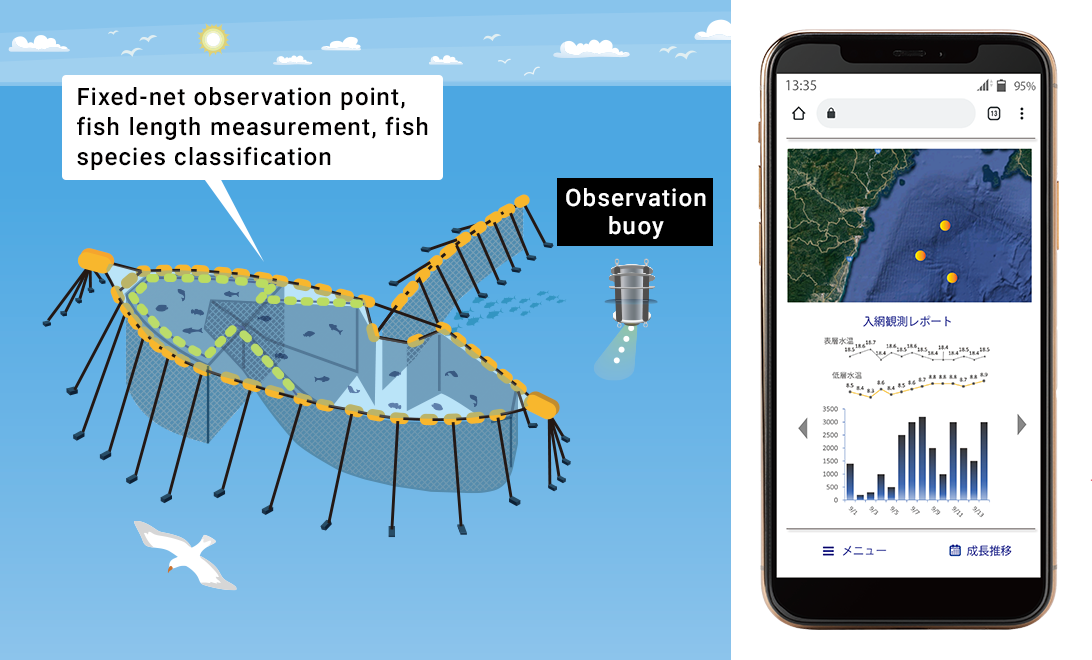
– Remotely monitors stationary net’s status with MagicBuoy, which is equipped with a communication function
– Displays various graphs on the status of netting (number and size of fish)
– Allows you to check the status at any time with your device with the communication function
– Operates for up to 20 days * when measured for 3 minutes, with 1-minute break
– Allows one to add the water thermometer as an option *Under development*
– Fixed-net observation point, fish length measurement, fish species classification

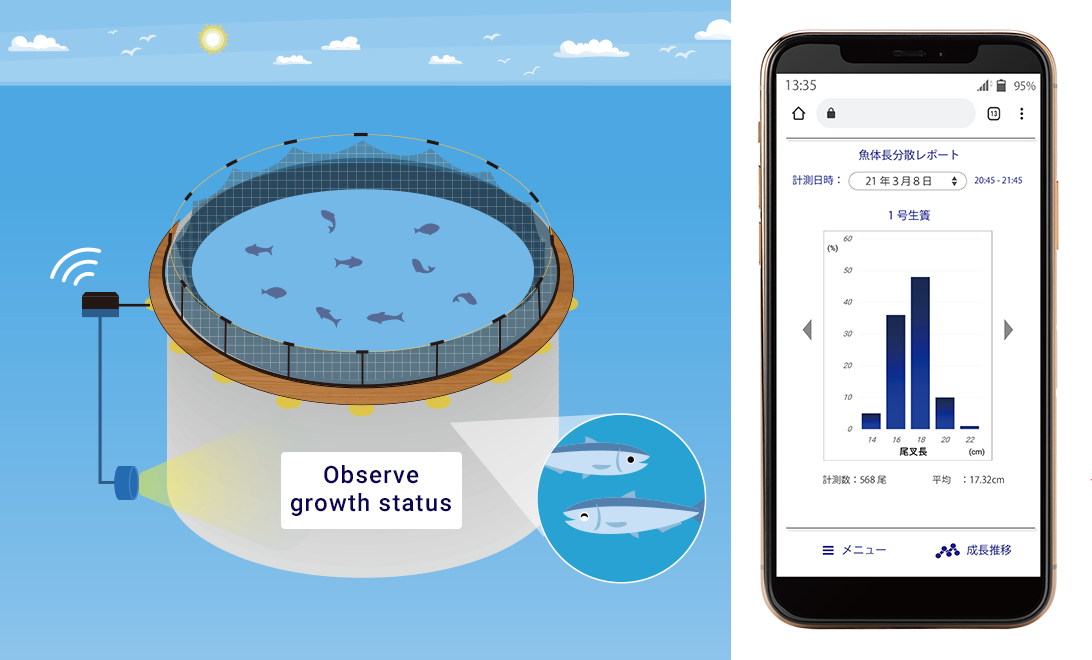
– Monitors the fish growth by measuring fish length, height, and belly
– Offers remote status-checking when equipped with a communication function
– Calculates the appropriate amount of bait by linking it with the customer’s feeding amount
※For more information on counting tuna fish, please refer to the ACMS Consortium’s demonstration program, for which we are supplying the technology.
https://acms-consortium.com/

It quickly detects complex seafloor topography and acts as the “eyes” of the autonomous underwater probe to support safe underwater navigation.
We are also developing other underwater security measures, such as underwater intruder detection.

※Image is for reference only.
The figure shows that the system does not detect obstacles through a full 360 degrees. Instead, it detects obstacles in a specific direction, forward or downward.
Participation in DeSET the Seafloor Topographic Maps Project
DeSET Project:https://deset.lne.st/
AquaMagicreveals the deep-sea world, of which only about 15% is known.
Conventional technology can only probe the seafloor with ultrasonic waves once every 13.3 seconds (*1) at a depth of 10,000 meters. However, AquaMagic can send out 133 ultrasonic waves in 13.3 seconds, which is 133 times faster than conventional technology for seafloor exploration.
(*1: 10,000m x 2 / 1,500m/sec)
AquaFusion is leading a project to develop undersea exploration technology that uses team from different fields and is responsible for developing equipment capable of deep-sea exploration to a depth of 3,000 meters (AquaMagic deep-sea version). We will contribute to creating the seafloor topographic maps.
Team introduction:https://deset.lne.st/teams/

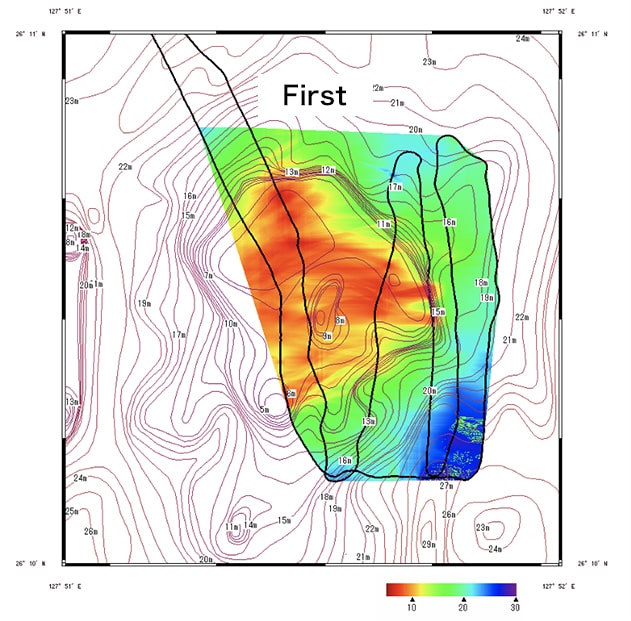

Investigating the distribution of microplastics in the ocean
Microplastics in the ocean*1 have become an environmental issue in recent years. It is impossible to recover microplastics once they are released into the ocean, and if fish and the marine organisms that feed on them (such as birds and seals) ingest them, they can affect the ecosystem. Of course, there is a high possibility that people who eat fish will also ingest microplastics, and there are concerns about the effects on their health.
Efforts to reduce the amount of plastic are underway in many countries, but the amount of plastic waste generated in Asian waters is exceptionally high, which is causing severe problems. However, there is currently no technology for measuring how much microplastics are polluting the ocean.
AquaMagic is capable of detecting microplastics as small as 5mm. AquaFusion hopes to contribute to environmental issues by investigating the distribution of microplastics.
*1 Microscopic plastic marine debris (less than 5 mm)
